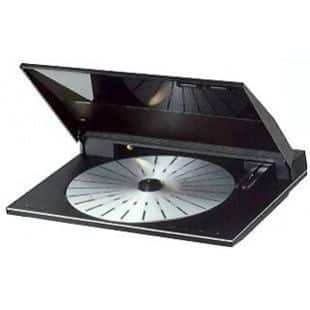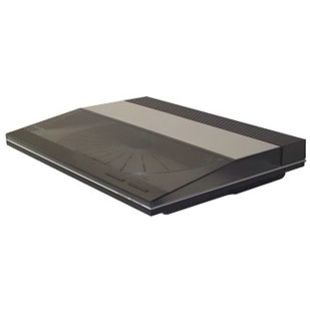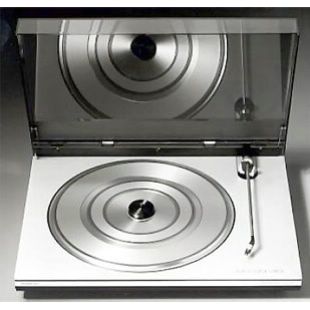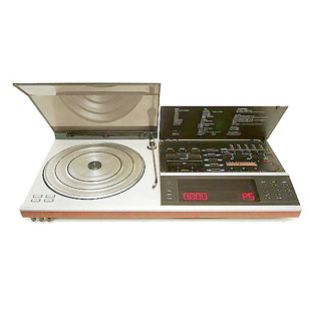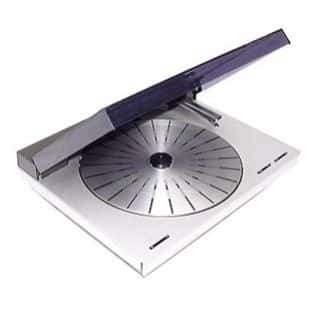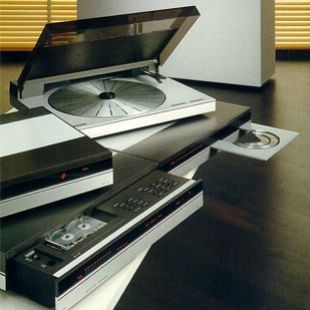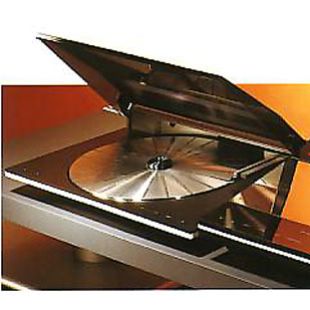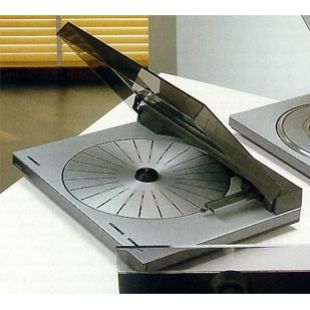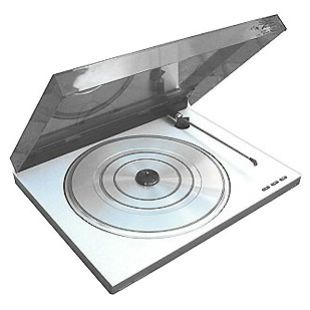BeoGram 3000 (1985)
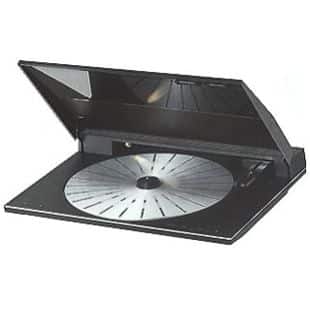
Beogram 3000 was a specially designed tangential record deck with a lightweight tone arm featuring the patented suspension system – Optimum Pivot Point – which prevented internal vibrations from interfering with sound reproductions.
Beogram 3000 was a specially designed tangential record deck with a lightweight tone arm featuring the patented suspension system – Optimum Pivot Point – which prevented internal vibrations from interfering with sound reproductions.
Beogram 3000 had an MMC 4 pick up for optimum sound and minimal record wear. A record sensor automatically record size and with it, the correct speed. The platter reduces static electricity and thereby dust in the grooves, and the pendulum suspension made Beogram 3000 ‘danceproof’. The search system worked both forwards and backwards and the new Active Light system was all automatic, giving you light when you needed it, for searching and changing your records etc.. A repeat function allowed you to play the same record up to 7 times in a row.
Beogram 3000 was designed to be used within Beosystem 3000. Beogram 3000 does not have a built in RIAA amplifier and relies on this being in the receiver used with it. Beomaster 3000 – which this deck was designed to work with – has the RIAA built in as do almost every receiver before this time, including the Beomaster 8000. Later equipment such as the Beomaster 7000 and Beomaster 3500 and Beomaster 4500 transferred the RIAA to the record player as this allowed a longer cable to be fitted to the record player and gave better siting options.

